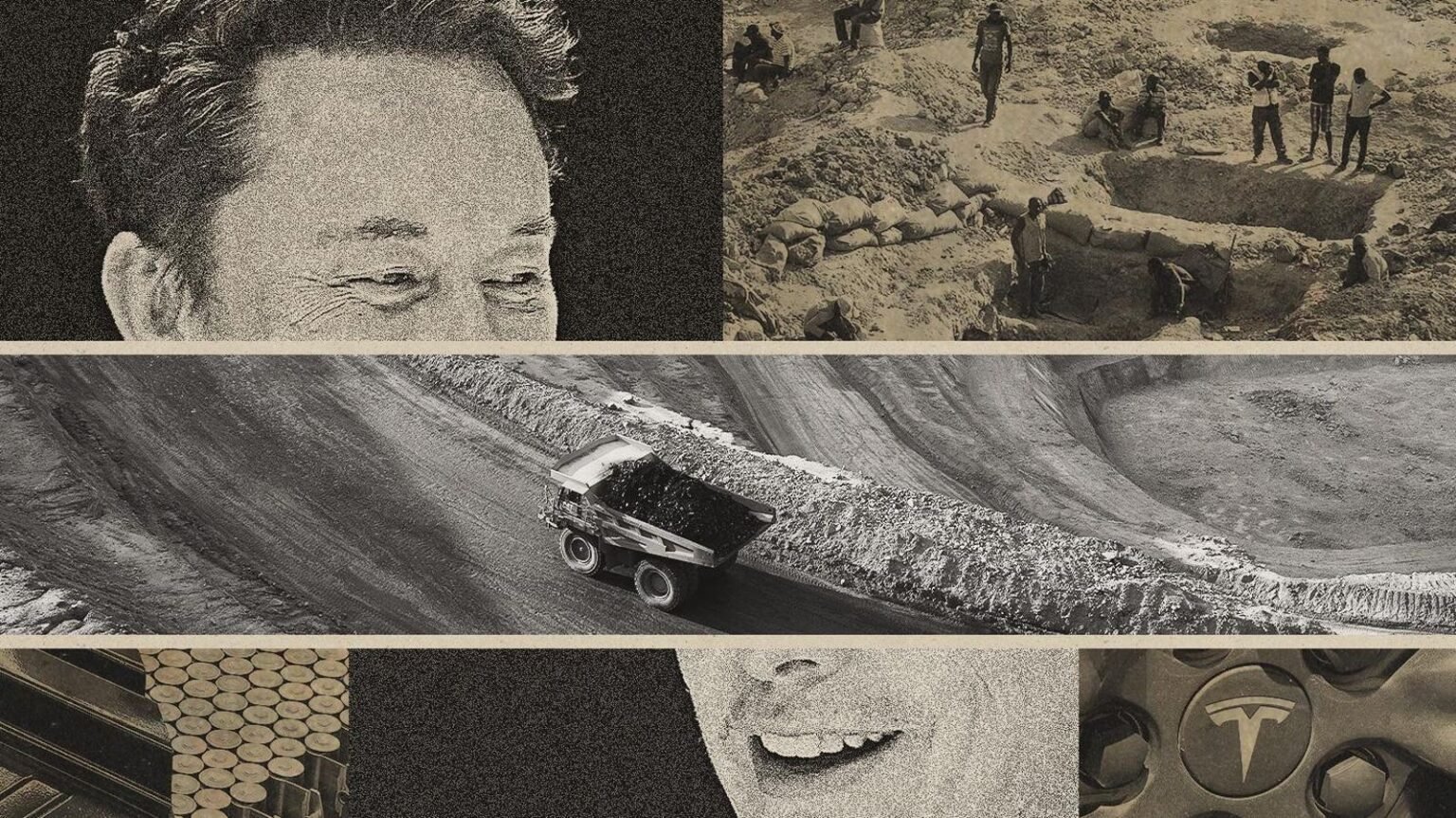Elon Musk, the CEO of Tesla, had pledged to address the issue of child labor in the company’s cobalt supply chain, but his proposed solution has not been effective. Musk had promised to put a webcam on the mine in the Democratic Republic of Congo to monitor for any child labor, but instead, only a monthly satellite image of the mine complex is being provided. Unfortunately, this does not address the larger problem of child labor in neighboring unregulated mines.
While Tesla claims to have undergone multiple third-party audits of working conditions at the cobalt mine, these audits do not address the ongoing issues with cobalt and copper mining. The effectiveness of these audits has been criticized by Courtney Wicks, an advocate for social justice, who believes that Tesla’s actions are not comprehensive enough to address the problem. The central issue lies in the fact that a significant amount of cobalt is sourced from artisanal small-scale mining operations in Congo.
A study conducted by Michael Posner, a professor at NYU, estimates that around 40,000 children are present or working in these artisanal mines in Congo. These children often work in these mines due to their families’ financial needs. Cobalt from these smaller mines is then mixed with metal from industrial mines like Kamoto, making it difficult to trace the source of the cobalt. This highlights the need for greater transparency and monitoring in Tesla’s supply chain.
Despite Musk’s promises to address the issue, Tesla has not taken concrete steps to monitor and address child labor in its cobalt supply chain. The company’s focus on reducing the amount of cobalt it uses and shifting to new battery chemistries may help, but it does not fully address the root cause of the problem. Additionally, the lack of transparency and effectiveness in third-party audits at the mine complex raises further concerns about Tesla’s commitment to addressing child labor.
Glencore, the mining company that owns the cobalt mine in Congo, has committed to responsible sourcing audits and participating in initiatives to promote responsible mining practices. However, the issue of child labor in artisanal mines remains a significant challenge that must be addressed. There is a need for greater cooperation and collaboration between companies like Tesla, mining companies, and human rights organizations to ensure that child labor is eradicated from the cobalt supply chain.
In conclusion, the challenges of child labor in Tesla’s cobalt supply chain persist despite Elon Musk’s promises to address the issue. Monitoring mechanisms such as satellite images and third-party audits are not sufficient to address the root cause of the problem, which lies in the artisanal small-scale mining operations in Congo. Greater transparency, collaboration, and accountability are needed to ensure that child labor is eradicated from the cobalt supply chain and that responsible mining practices are upheld.












